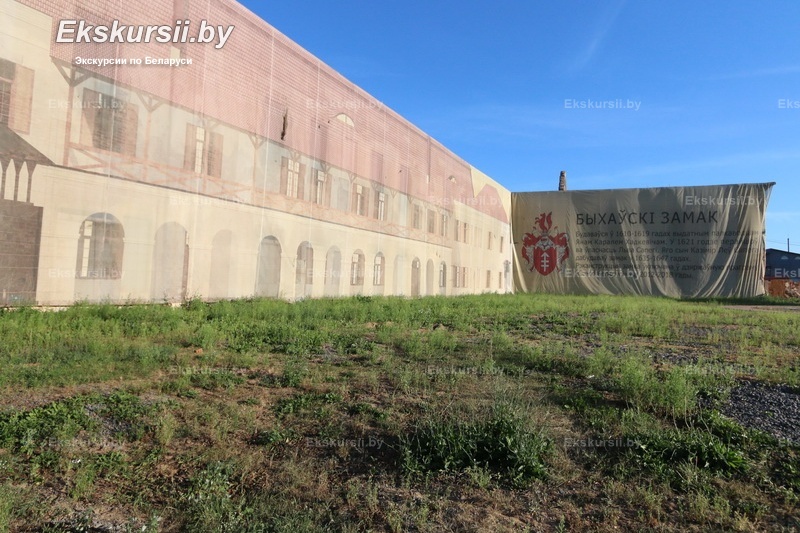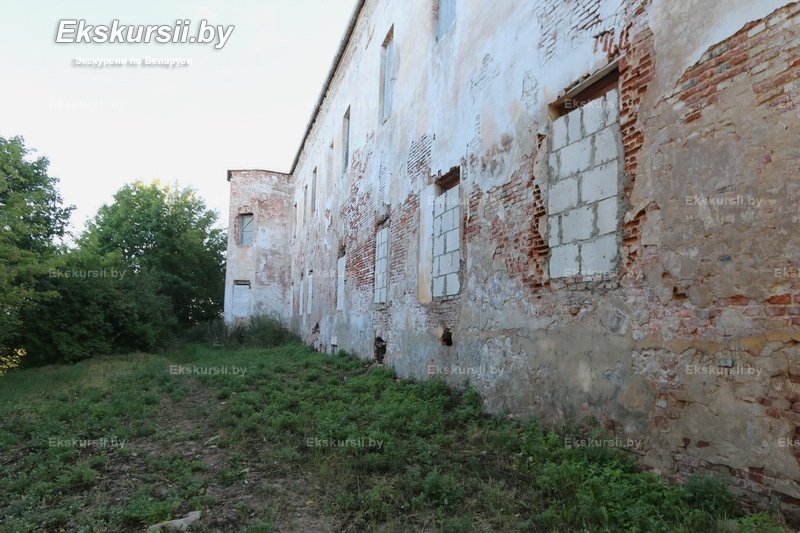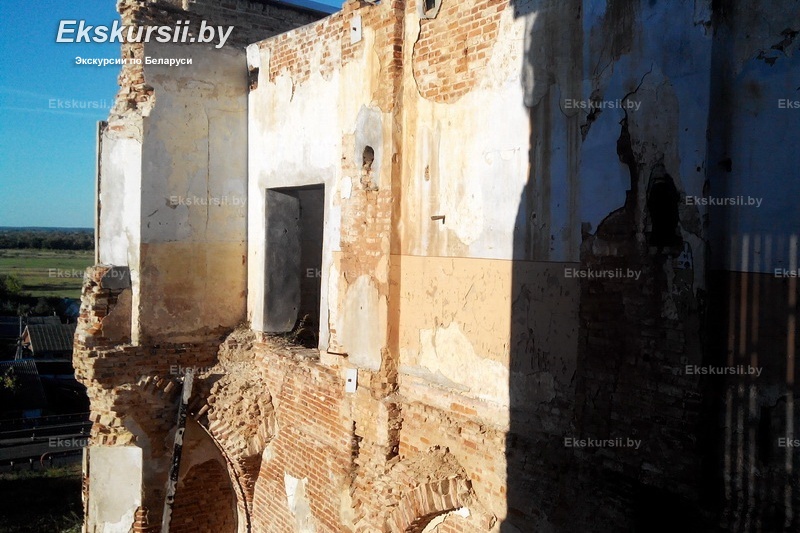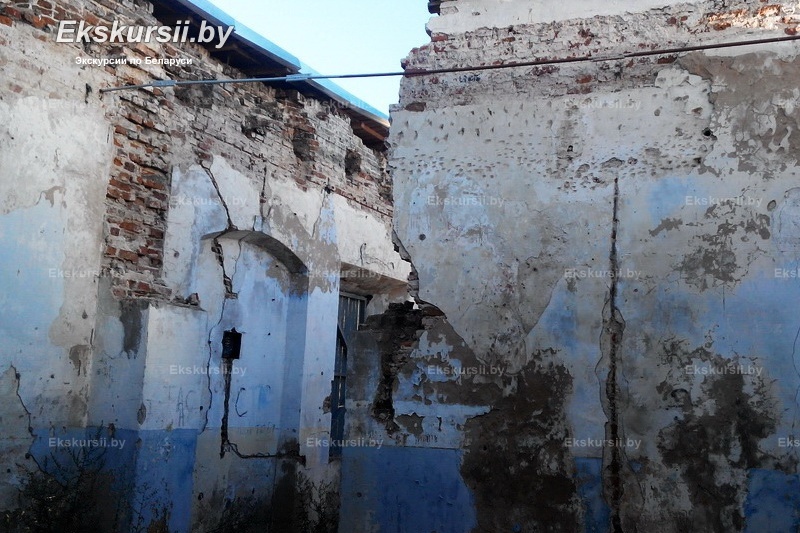Ruins of Bykhov castle
Description
The ruins of the Bukhov Castle are a historical monument located in the town of Bukhov, Mogilev Region. The castle was built in the 14th-15th centuries and served for a long time as an important fortress on the border of the Grand Duchy of Lithuania. Today, only the ruins remain, but they still attract tourists. Tours of Belarus often include a visit to Bukhov Castle, which is a symbol of ancient architecture and the region's history. You can book a tour from Minsk and embark on a journey to explore this historical site, learning about its role in the defense system and daily life in the Middle Ages. Tours of the Bukhov Castle ruins immerse visitors in the atmosphere of ancient times and Belarus' historical heritage.
On the map
Address
Republic of Belarus, Mogilev region, Byhov
Coordinates





